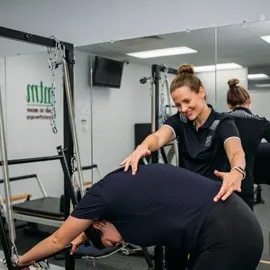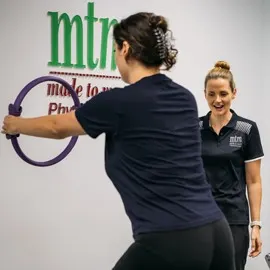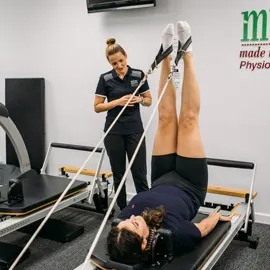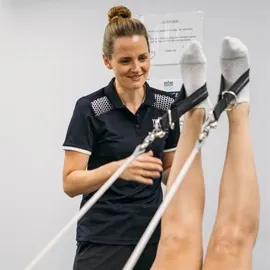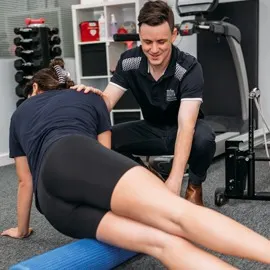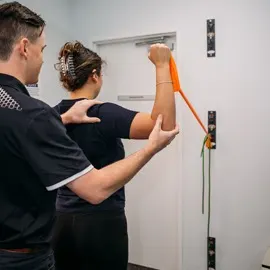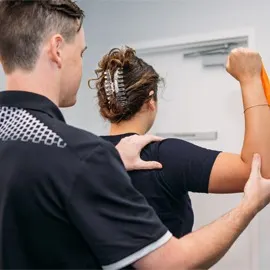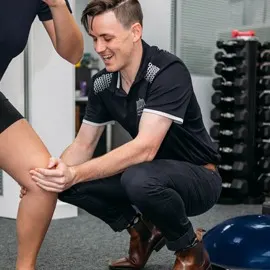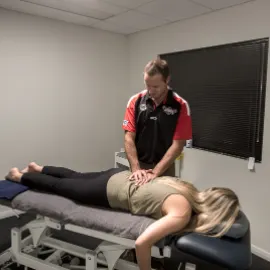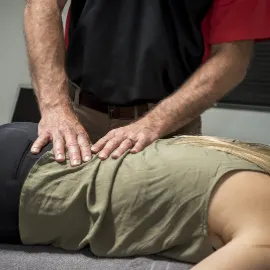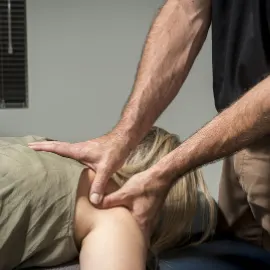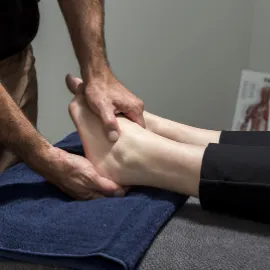How Foam Rolling Works: The Science Behind the Technique
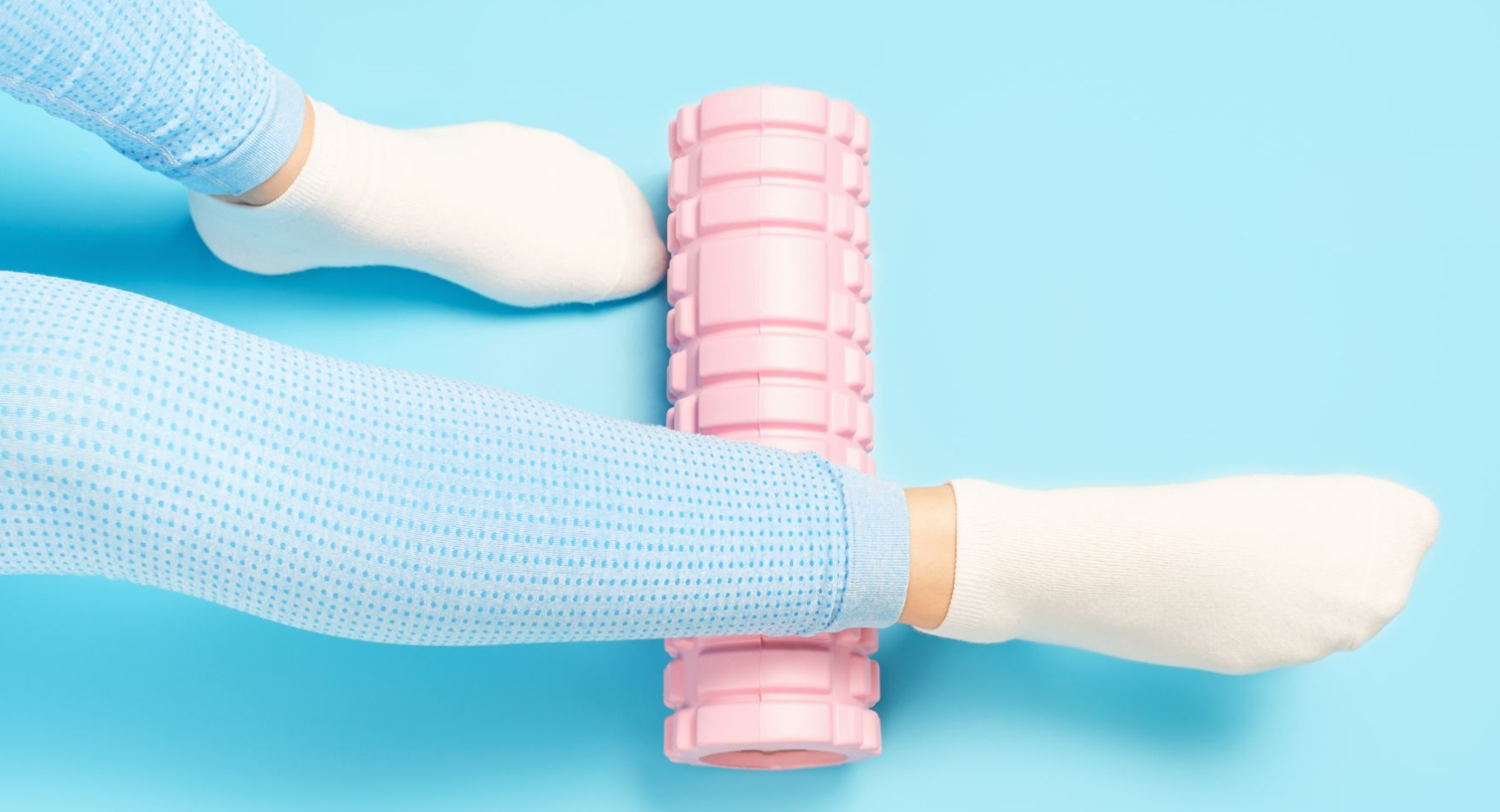
What Is Foam Rolling?
Foam rolling involves using your body weight to apply pressure to targeted areas of muscle using a cylindrical piece of foam. It’s considered a form of self-myofascial release (SMR) — essentially, self-massage to release tension in the fascia, which is the connective tissue surrounding muscles.
How Does It Work?
Foam rolling affects your muscles and fascia in a few key ways:
Improves Blood Flow
The pressure from foam rolling stimulates circulation, which helps deliver oxygen and nutrients to sore or tight muscles while also removing waste products like lactic acid.
Breaks Up Adhesions and Knots
Muscles and fascia can develop adhesions or “knots” due to overuse, inactivity, or injury. Foam rolling can help break up these restrictions, restoring natural movement and flexibility.
Stimulates the Nervous System
Foam rolling sends signals to your nervous system to relax overactive muscles, reducing muscle tone and tightness.
Enhances Mobility
By releasing tight areas, foam rolling improves your range of motion and joint function — making it an ideal warm-up or cooldown tool.
Benefits of Foam Rolling
Reduces muscle soreness
Improves flexibility and mobility
Aids in faster recovery post-exercise
Can help prevent injuries
Easy and affordable to do at home
When and How to Use a Foam Roller
You can foam roll before or after exercise, or anytime you feel tightness. Roll slowly over each muscle group for about 30–60 seconds. Focus on areas that feel tight or tender — but don’t push through sharp or intense pain.
Common Target Areas:
- Quads
- Hamstrings
- Calves
- Glutes
- Upper Back
Foam Rolling and Physiotherapy
At MTM Physiotherapy, we often recommend foam rolling as part of a broader recovery and rehabilitation plan. It’s a powerful tool, but not a one-size-fits-all solution — especially if you’re recovering from injury or chronic pain.
Our experienced physiotherapists can show you how to use foam rolling safely and effectively, tailored to your specific needs.
Final Thoughts
Foam rolling is more than just a fitness fad. Backed by science, it’s a simple yet effective way to support your body’s natural recovery processes and keep you moving well. Whether you're dealing with post-workout soreness or just want to improve your mobility, it’s worth making foam rolling a regular part of your routine.
Want to learn more or get personalised advice? Book an appointment with MTM Physio today.

Ask a Physio
Not sure whether you are appropriate for Physiotherapy?
Fill out the form and one of our physiotherapists will be in touch with you within 24 hours.











